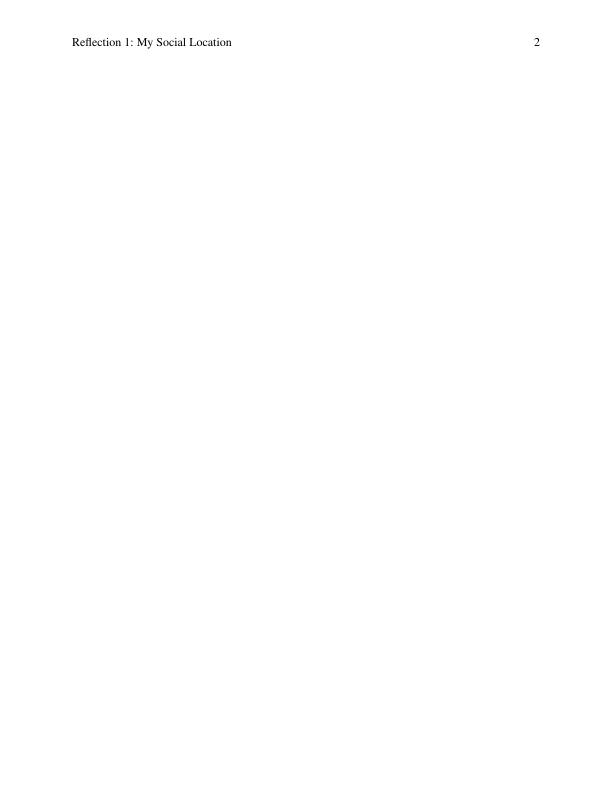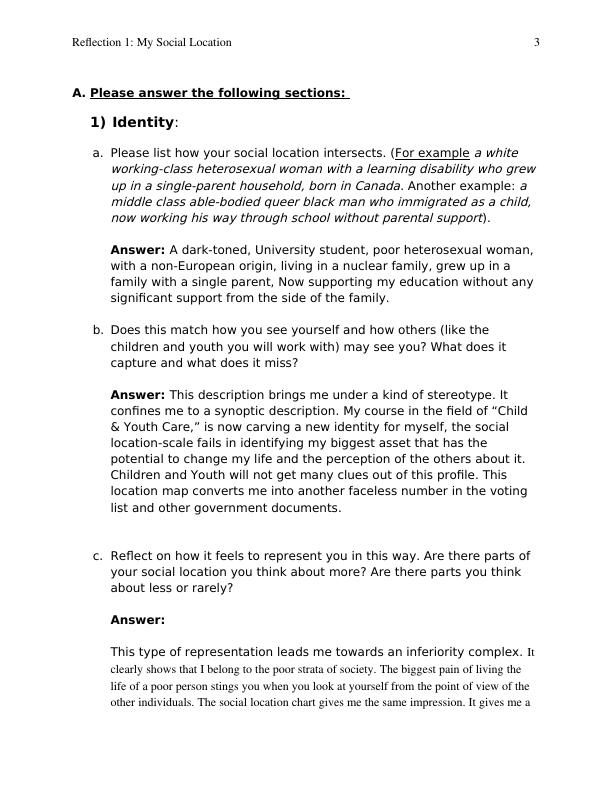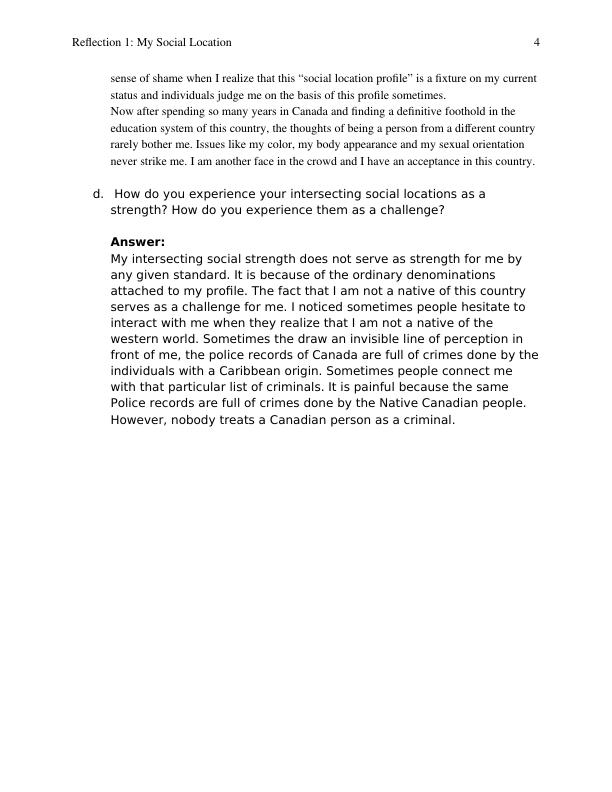Drawing a Social Location Handout for Week 1
This introductory course supports students to identify, self-reflect and apply concepts of anti-oppression, equity and diversity to working with children, youth and families.
12 Pages2434 Words223 Views
Added on 2022-08-17
About This Document
(For example a white working-class heterosexual woman with a learning disability who grew up in a single-parent household, born in Canada. Answer: A dark-toned, University student, poor heterosexual woman, with a non-European origin, living in a nuclear family, grew up in a family with a single parent, Now supporting my education without any significant support from the side of the family. My course in the field of “Child & Youth Care,” is now carving a
Drawing a Social Location Handout for Week 1
This introductory course supports students to identify, self-reflect and apply concepts of anti-oppression, equity and diversity to working with children, youth and families.
Added on 2022-08-17
ShareRelated Documents
End of preview
Want to access all the pages? Upload your documents or become a member.
Interview Process for HR Advisor Position
|16
|2505
|274
Financial Planning for a Doctor and a Speech Pathologist in Melbourne
|4
|1157
|230
Self and Social Media: Cyberpsychology Study
|17
|2030
|44
MANAGEMENT Paradigm Shift in Life Name of the student Name of the university Author
|3
|474
|192
Self Reflection About Family and Life Experiences
|10
|2704
|1461
Understanding Autism Disorder: Challenges and Solutions
|5
|614
|413




